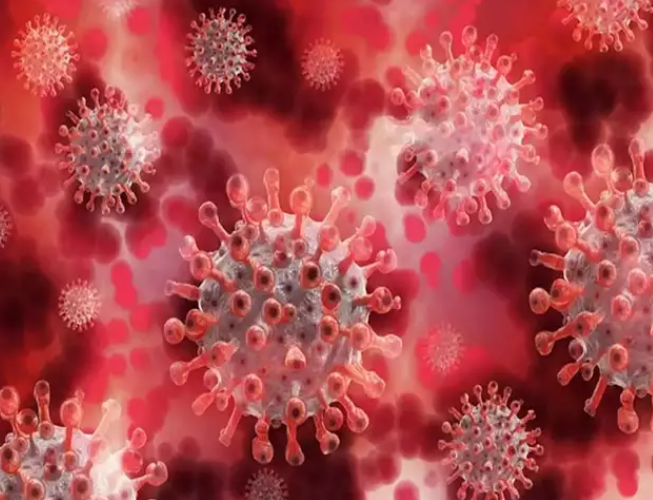The JN.1 coronavirus variant does not appear to be more severe or dangerous than other coronavirus variants that are currently known, according to experts.
Both the public and medical professionals are concerned about the coronavirus variation known as the JN.1 coronavirus variant. This sub-variant was originally discovered in Luxembourg and is a descendant of the Omicron sub-variant, which is the source of the Pirola variant (BA.2.86).
It has spike protein mutations that could make it more contagious and immune-response-evading.
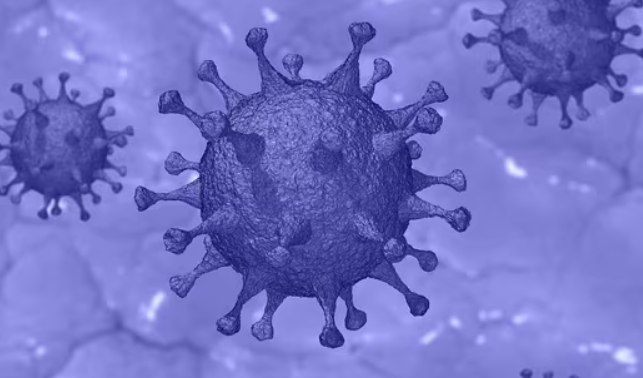
Symptoms of the JN.1 coronavirus variant
According to the agency, Dr. Ujjwal Prakash, a senior consultant in chest medicine at Delhi’s Ganga Ram Hospital, clarified that JN.1, like other variants and sub-variants found worldwide, is a mild variant that causes upper respiratory symptoms. The JN.1 variant causes a mild fever, coughing, runny nose, sore throat, nasal congestion, facial pain or pressure, headache, and gastrointestinal problems. Experts have noted that JN.1 has emerged as the dominant coronavirus strain due to its transmissibility, and appropriate precautions should be taken to prevent it.
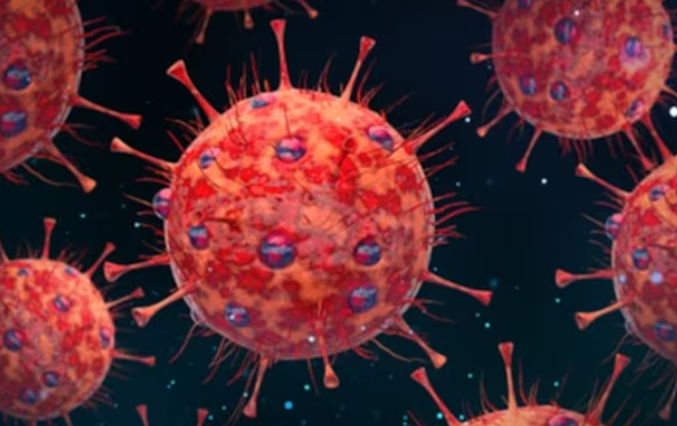
Preventive measures
To prevent the JN.1 strain from spreading rampantly, experts have urged people to take booster shots, maintain social distancing, wash hands frequently, and wear masks in public places.
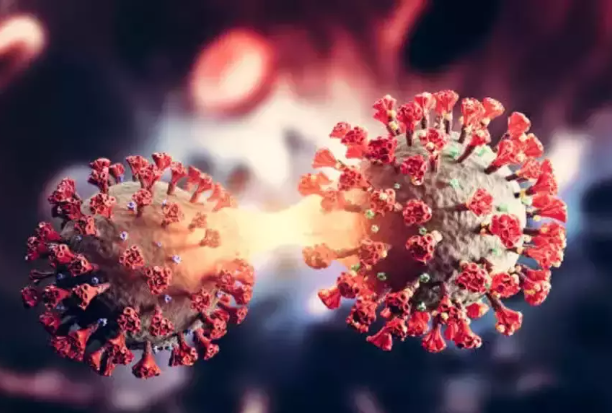
JN.1 Coronavirus variant in Kerala
A 79-year-old woman was found to have the JN.1 coronavirus variant strain during a routine surveillance activity conducted by the Indian SARS-CoV-2 Genomics Consortium (INSACOG). The case was discovered on December 8 following the confirmation of an RT-PCR positive sample from Karakulam in the Thiruvananthapuram district of Kerala, according to Dr. Rajiv Bahl, Director General of the ICMR.
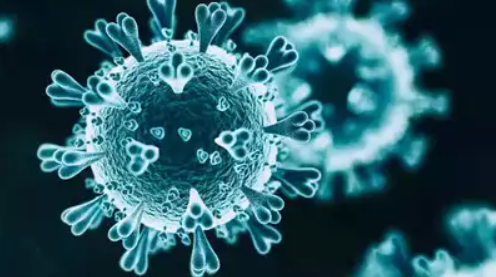
The woman recovered from COVID-19 after experiencing mild influenza-like illness (ILI) symptoms. Despite reports of the strain coming from various countries, Kerala Health Minister Veena George gave her assurance that JN.1 is “not a cause for concern.”
Reports
Reports suggest that gastrointestinal problems might be more common with this newer variant, although comprehensive studies are needed to substantiate these observations. The Centers for Disease Control and Prevention (CDC) have stated that, despite concerns regarding its transmissibility, there is no evidence to suggest that JN.1 is more dangerous than other circulating variants.
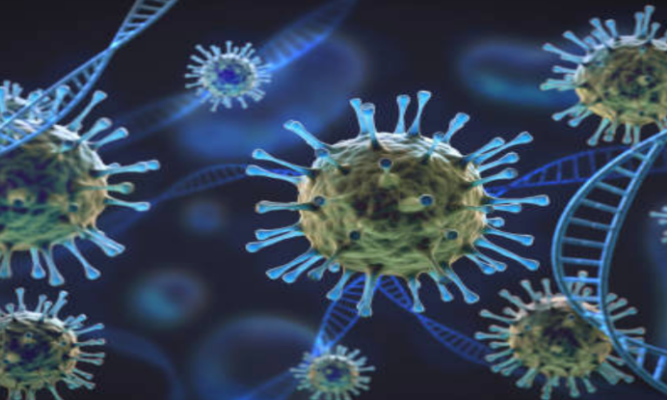
The CDC also points out that although the JN.1 coronavirus variant may be more adept at eluding our immune systems, this does not always translate into more serious infections or a rise in hospital admissions. India was informed today by Dr. Devashish Desai, Consultant in Infectious Diseases at Ruby Hall Clinic. There is currently no evidence pointing to a high prevalence of hypoxia or other severe disease manifestations. But as the number of cases linked to the JN.1 variant rises, people who are unvaccinated, elderly, obese, or have comorbid conditions should proceed with more caution. Dr. Devashish Desai advised those who have not yet received their precautionary dose to do so. In conversation with IndiaToday.In Marengo Asia Hospitals in Gurugram, pulmonologist Dr. Neeraj Gupta emphasized the need for maintaining vigilance and following preventive measures against the JN.1 variant.

What is the COVID JN1 variant?
In the Keralan district of Thiruvananthapuram, in Karakulam, a novel strain of COVID-19 has been identified as JN.1. It has now been determined that this variant, which is a Pirola descendant, exists in the US, China, and India. The JN.1 coronavirus variant’s high transmissibility and mild symptoms are characteristics shared by earlier Omicron strains.
Why are the new variants of the COVID-19 virus a cause for concern?
The reason for concern regarding COVID-19 virus variants, also referred to as strains, is the potential for virus alterations. A virus may become more effective at spreading, infecting more people, or making people sicker. A virus replicates itself as it spreads among a population.
Also read-Allergies : A Patient’s Guide To Allergies And Its Symptoms
images source: Google
Disclaimer: The opinions and suggestions expressed in this article are solely those of the individual analysts. These are not the opinions of HNN. For more, please consult with your doctor







